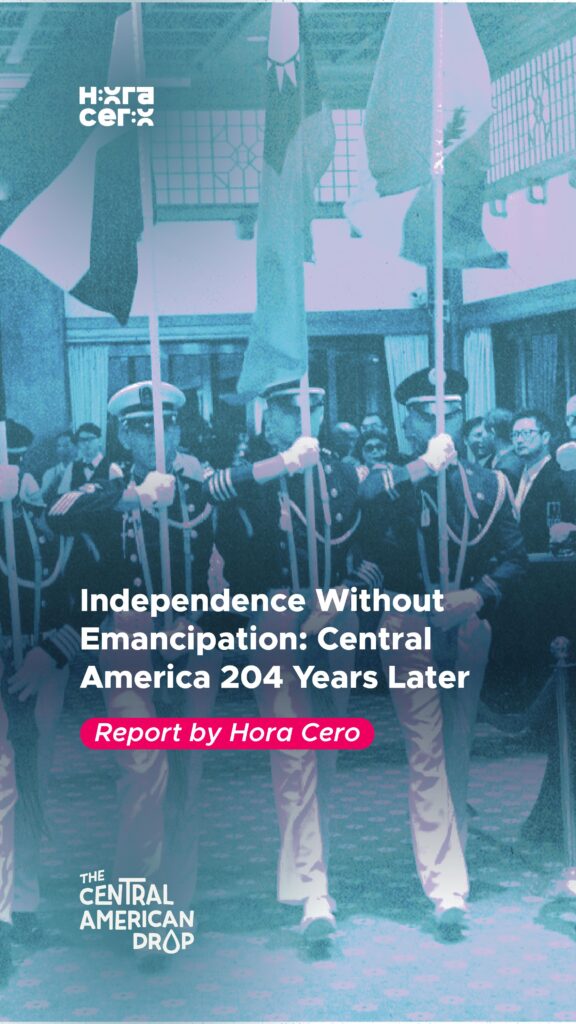
Independence Without Emancipation: Central America 204 Years Later
Maldito País
septiembre 24, 2025
According to Guatemalan historian Néstor Véliz Catalán, in an academic article published in the Yearbook of Central American Studies (2021). The proclamation of independence took place in the Palace of the General Captains, the seat of colonial power, and was the result of an agreement between the political, ecclesiastical, and military elites, with no room for popular participation.
In other words, the independence conceived by these notable figures was aimed at preserving the privileges of local elites, rather than democratizing public life.
Documents such as the Actas de los Nublados (1821) demonstrate skepticism and rejection of this agreement outside Guatemala, particularly in Nicaragua. Drafted on September 28, 1821, by the authorities of the León Intendancy, this act reflected prudence and caution in the face of political change, stating literally that it should wait «until the clouds of the day clear.»
Total independence was not immediately accepted, but rather conditioned to the evolution of events, especially considering the risk of military repression from Spain. Although independence from the Spanish government was declared, the continuity of local administration was maintained under the existing laws, and it was warned that any rebellion or disobedience would be punished.
After the break with Spain, Central America did not achieve full autonomy: the power vacuum was filled by local oligarchies, and new forms of external dependence soon emerged. The region was conditioned by British loans in the 19th century and, later, by the strong economic and military influence of the United States in the 20th century. These dynamics consolidated weak and peripheral states, which were vulnerable to foreign pressure.
The federal project of the «United Provinces of Central America» (1823) quickly failed due to internal rivalries, local interests, and the inability to forge political and administrative unity. Civil wars, border confrontations, and the balkanization of the territory consolidated lasting divisions and weak borders. The last attempt was in 1840, after the collapse of the Federation.
Sovereignty remains contested: authoritarianism, inequality, extractivism, and migration demonstrate that independence was more formal than substantive. Oligarchic structures and neocolonial economic models persist. Central America continues to struggle for comprehensive emancipation amid democratic and economic crises and under the weight of authoritarianism.


